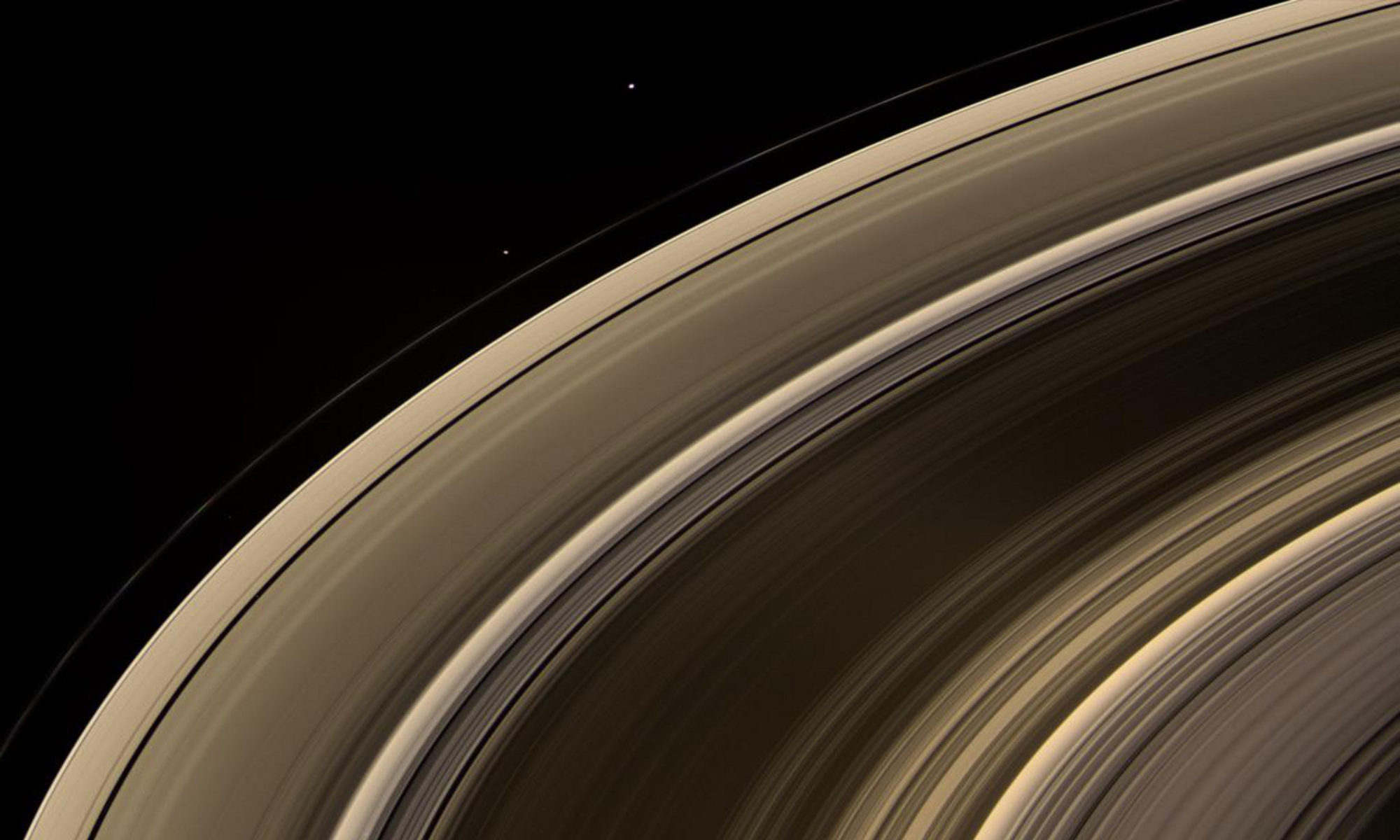Our ability to probe the cosmos, particularly for planets around other stars, is accelerating at an incredible rate. As I have mentioned before, the Kepler space telescope has given us a view into the cosmos that will change our view of the universe forever. Recently, further advancements by Project 1640, an effort to directly observe the spectra of distant worlds, bring the real possibility of detecting an Earth like planet to within our grasp.
Last March, the Project 1640 team announced the publication of their work regarding the observation of a planetary system using their new imaging system. The exciting thing about this new instrument developed by Dr. Oppenheimer and his team, is that it actually allows them to directly image planets in orbit around other stars! By blocking out the starlight, the faint images of these planets can be observed. More than that, they have been able to collect spectra from these planets, the chemical fingerprints of these planets that tell us about their composition.
What this means is that we can now tell what elements and compounds are present on these worlds. With this kind of information, we can get clues about a planet’s atmosphere and about materials on its surface. Given enough time and observation, we may even be able to determine if a planet has the signatures of life on its surface. This is the most exciting part.
Kepler has taught us that planets are abundant in the universe. Project 1640 is taking the next logical step to learn more about these planets. Imagine what we could learn about the universe and ourselves if we were to find a planet with a spectral signal similar to that of the earth. I am confident that someday soon, we will observe such a planet. And when we do, our perspective as a species will change forever.
Exoplanetary research is one of my favorite topics to follow, and I hope that I have sparked your interest in it as well. It wasn’t long ago, less that 20 years ago, that we didn’t even know for sure that planets outside our solar system existed, and now we know they are everywhere. The Cosmos is a beautiful place, and it we see more beauty with each detailed study. The universe gives us much to grok. May we grok in fullness.
-Josh


Really well written! I’ve increased my vocabulary today! And my curiosity. I look forward to sharing this with Julie, Trystan, and Matt!